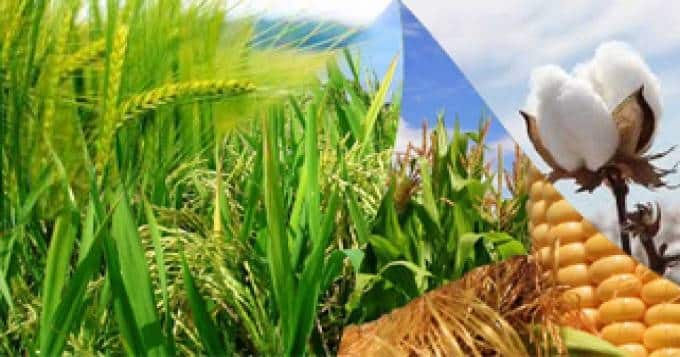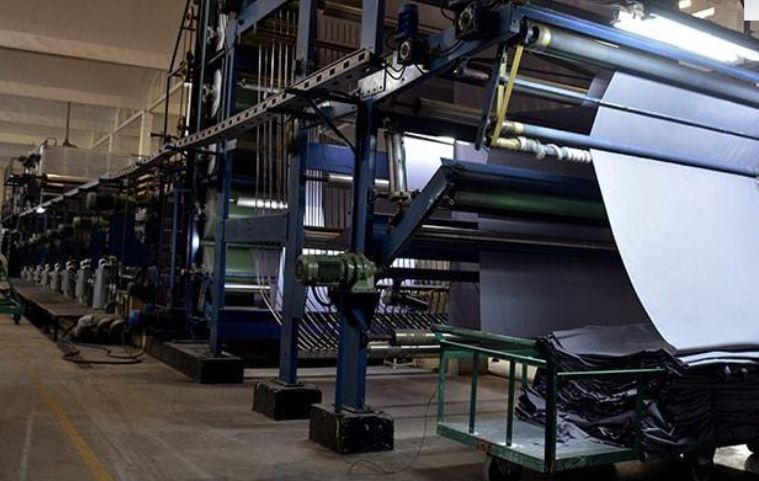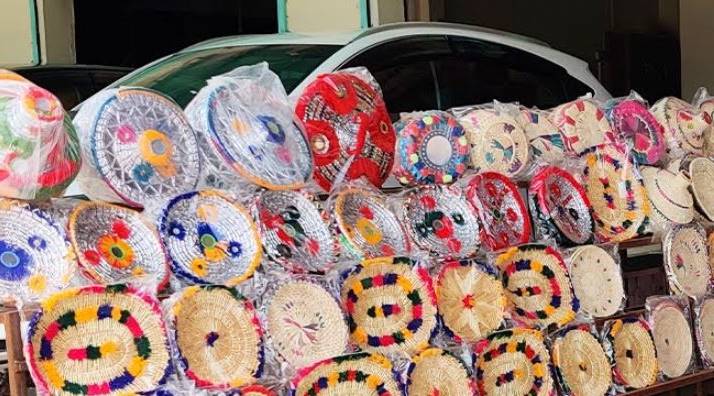KARACHI – US President Donald Trump’s new trade tariffs are said to have a wider impact. For Pakistan, there is new 29percent tariff on goods and it raised concerns, especially for those related to country’s most critical export sectors, including textiles, leather, and other manufacturing industries.
With trade tensions rising, experts predict significant challenges for Pakistan’s economy.
Agriculture
While textiles and leather dominate exports, Pakistan also exports agricultural products to US. This includes items such as rice, fruits, and vegetables. The new tariffs could potentially raise prices for these agricultural exports as well, making them less attractive to Americans.

This could have a broader economic impact, especially on farmers and exporters.
Textile Industry
The textile industry of Pakistan makes up most of total exports to the US, and is expected to bear the brunt of these new tariffs. Pakistani textile products, including garments, fabrics, and bed linens, are expected to become more expensive for American consumers.

In short period, demand is expected to decline, potentially leading to reduced export volumes. This is particularly concerning as Pakistan’s textile sector has long been the backbone of its export economy.
Textile manufacturers are already grappling with high production costs, including expensive electricity and raw material costs. The additional 29% tariff will further strain the industry’s competitiveness, especially when compared to rival nations like Bangladesh and India.
Leather and Footwear Industries
The country’s leather products, including shoes and garments also hold chunk of nation’s exports. The imposition of new tariffs will likely increase the prices of these goods in American market.

With additional tariff burden, Pakistan’s leather industry, which has already struggled with market access issues, will likely experience a further downturn.
Furniture and Handicrafts
Furniture and other handcrafted items are also likely to be impacted by recent move. With US consumers facing higher prices for Pakistani furniture, demand for these products may fall. As the furniture industry is still in the growing phase, this additional pressure could hinder its long-term growth potential.
Those linked to carpets, and plastic products may also see price hikes in the US market due to the new tariffs. This could make Pakistani products less competitive compared to cheaper alternatives from other countries, including China and Vietnam.

The rise in tariffs is concerning given Pakistan’s already struggling manufacturing sector, which faces high production costs and limited access to global markets. The increased cost of goods could further depress the sector’s ability to compete in international markets, particularly in the U.S., which remains one of the largest markets for Pakistani exports.
Pakistani manufacturers will face increased difficulty in maintaining their market share in the US unless they can find ways to reduce production costs or shift their focus to alternative markets.
US imposes 29% tariff on Pakistan as Trump amps up global trade war










